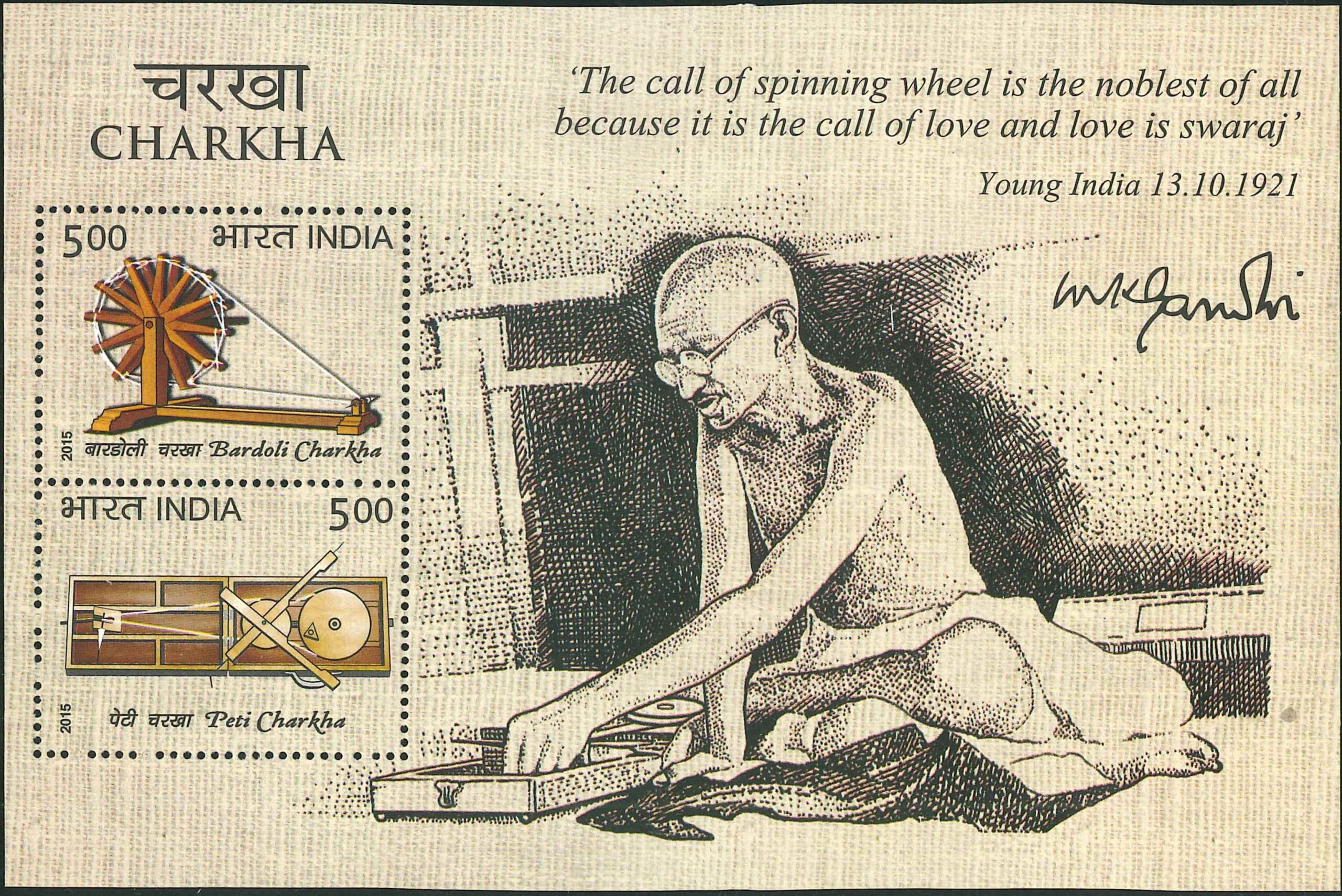
Charkha
A Miniature Sheet consisting of 2 nos. of commemorative postage stamp on the Charka (Spinning Wheel), a device for spinning thread or yarn from fibers, a symbol of ‘Swaraj‘ movement led by Mahatma Gandhi :
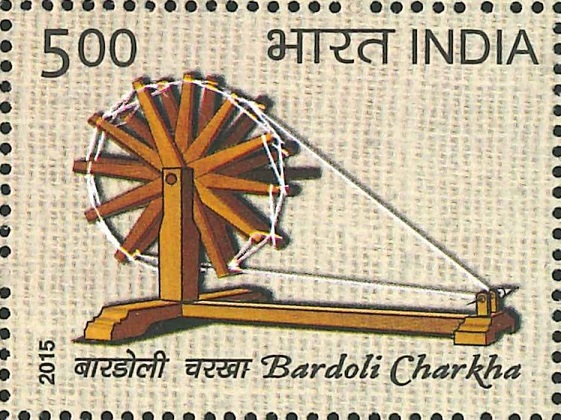
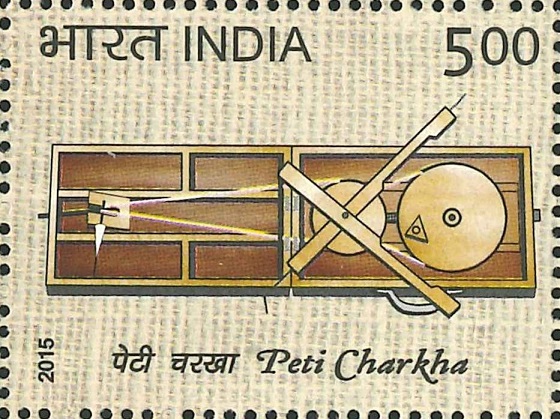
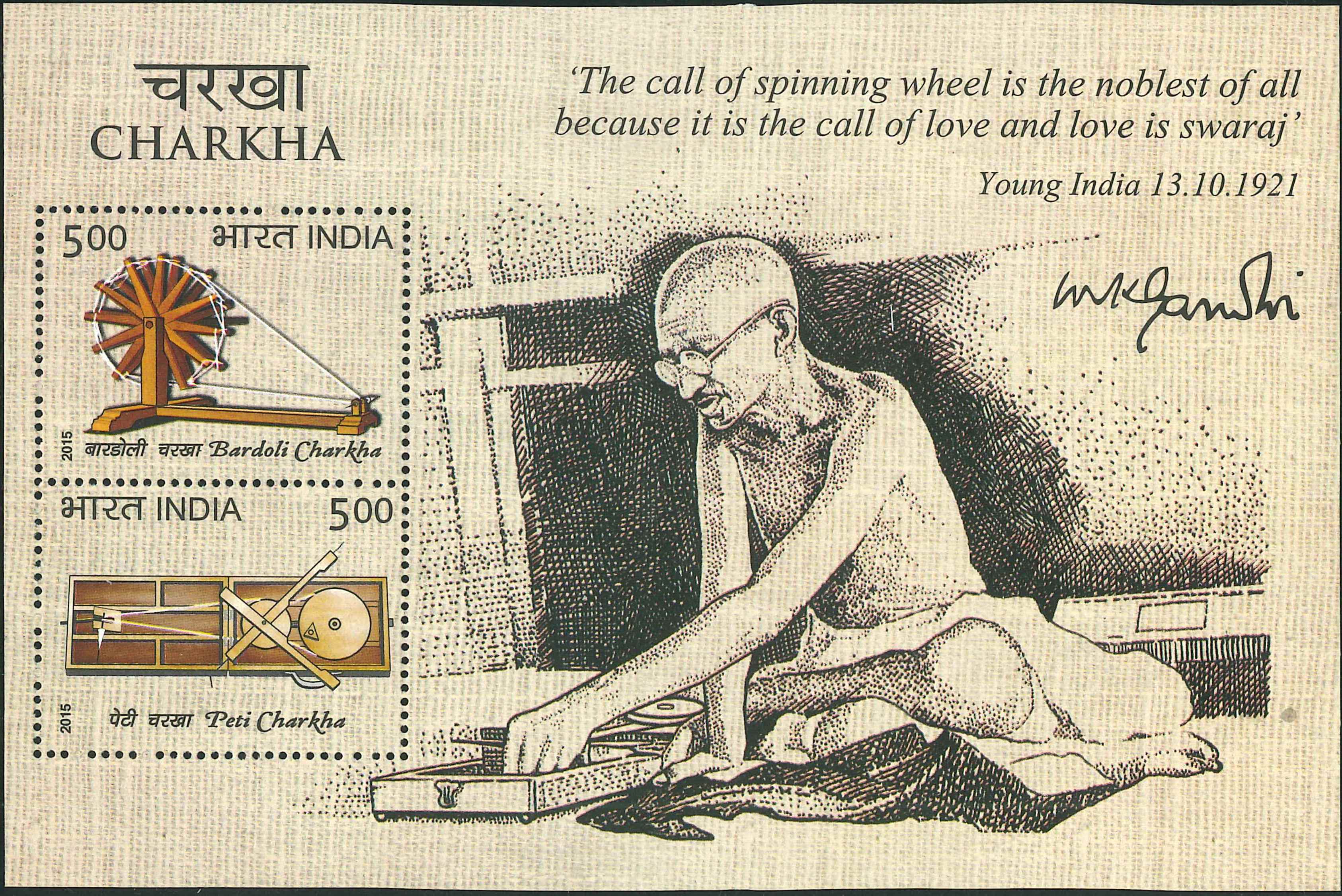
 Issued by India
Issued by India
Issued on Oct 15, 2015
Design : This set of two stamps depicts the two kinds of Charkhas used by Mahatma Gandhi: The traditional Charkha and the portable version of the Charkha which was designed by Gandhiji while he was in Yeravda Jail.
Credits :
Stamp/FDC & Miniature Sheet : Sankha Samanta
Cancellation : Alka Sharma
Type : Miniature Sheet, Mint Condition
Colour : Multi colour
Denomination : 500 Paise each
Stamps Printed : 0.5 Million x 2 Stamps
Miniature Sheet : 0.2 Million (1000 p)
Printing Process : Wet Offset
Printer : Security Printing Press, Hyderabad
About :
- A spinning wheel or Charkha is a device for spinning thread or yarn from natural or synthetic fibres. The spinning wheel replaced the earlier method of hand spinning with a spindle. From the earliest times, the spinning wheel was a common sight in Indian households. This is borne out by the excavations carried out at ancient sites of Harappa and Mohenjo-Daro. Earlier references about the processes of spinning and weaving are found in the Rig Vedas.
- The allusion to the existence of the spinning wheel in the Arthashastra of Kautilya (4th century B.C.) is another proof of its antiquity. It was then viewed in its outer aspect – as an instrument for making yarn by drawing out, twisting and winding fibres. Kautilya mentions an important state official as Sutradhyaksh or Head of the yarn section.
- For centuries Charkha remained an important source of livelihood of artisans who, in utmost reverence, tied sacred threads to it, vowed in its name and burnt incense before starting their work on it. Traditionally, however, spinning was done by women at home and provided them means of earning their livelihood. The entire process, from the picking of raw cotton to carding, slivering, spinning and weaving was done by hand, and involved great skill. Marco Polo, the Venetian, who visited India in 1288 A.D. wrote ecstatically about India’s cotton fabrics which he compared to a spider’s web. Later, during the Mughal period also hand-weaving and spinning remained important occupations.
- During the 16th Century, foreign traders, namely, the Portuguese, the Dutch, the French, and later the British, started exporting Indian handmade textiles to Europe where these were prized for their fine quality. However, the influx of Indian fabrics in their markets provoked opposition among the cloth manufacturers in England, following which the British Parliament passed an Act imposing excessive duties on cloth brought into the country from India. Heavy penalty was also imposed on those who used Indian fabric in England.
- Thereafter, England started importing raw cotton from India and sending back cheap, mill-manufactured cloth back to India. This resulted to Indian spinners and weavers being forced into lack of work resulting in weakening of their economic condition.
- In 1854, the first textile mill started functioning at Bombay, paving the way for mechanization of the textile industry in the country. Thereafter, the skills of spinning and weaving progressively started to decline. Life in the villages was affected by this trend in a big way impacting the Indian rural economy adversely.
- During India’s struggle for freedom, the Charkha became a significant symbol of Swadeshi movement which sought to bring about an economic revolution by discarding machine-made goods produced abroad and replacing them with the Indian hand-made cloth. The emphasis on Charkha was aimed both at removing poverty of people in villages, who could supplement their income by working at home, and at impeding the flow of Indian money to the British industries.
- Charkha received a new meaning and novel interpretation at the hands of Mahatma Gandhi. It reminded him of “the ever–moving wheel of the Divine Law of love”. To Gandhiji spinning was like penance or sacrament, a medium for spiritual upliftment, a symbol of dharma, of self-help and self-reliance, of dignity of labour and human values, besides, being an emblem of nonviolence.
- Mahatma Gandhi believed that the revival of hand-spinning and hand-weaving would make the largest contribution to the economic and moral regeneration of India. Mahatma Gandhi used the ‘charkha’ as a symbol of self-reliance and to send out the message to the British Empire that India can make its own cloth and did not need to rely on the empire to do it. In his words:
“The spinning wheel represents to me the hope of the masses…It was the friend and solace of the widow. It kept the villagers from idleness. For the Charkha included all the anterior and posterior industries – ginning, carding, warping, sizing, dyeing and weaving. These, in their turn, kept the village carpenter and the blacksmith busy.”
- On the eve of the All India Congress Committee meeting in 1924, Mahatma Gandhi issued an appeal which stated – “I believe in the spinning wheel. It has two aspects, terrible and benign. In its terrible aspect, it is calculated to bring about the only boycott we need for an independent national existence…In its benign aspect, it gives a new life and hope to the villager”.
- In 1921, the Congress Working Committee undertook Khadi promotion. It organized an independent body known as the ‘All India Spinners’ Association’, popularly known as the Charkha Sangh.
- Gandhiji was very keen on improving the Charkha technologically in order to improve its productivity. He announced a competition for design of a more efficient Charkha. This Charkha was required to be simple in operation, cheap to manufacture, and able to produce yarn of good quality in greater quantity. While he was lodged in Yeravda Jail, Gandhiji himself worked on a portable design of the Charkha which could be easily carried anywhere.
- Text : Based on the material obtained from National Gandhi Museum and internet.


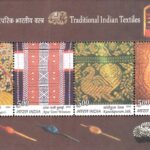
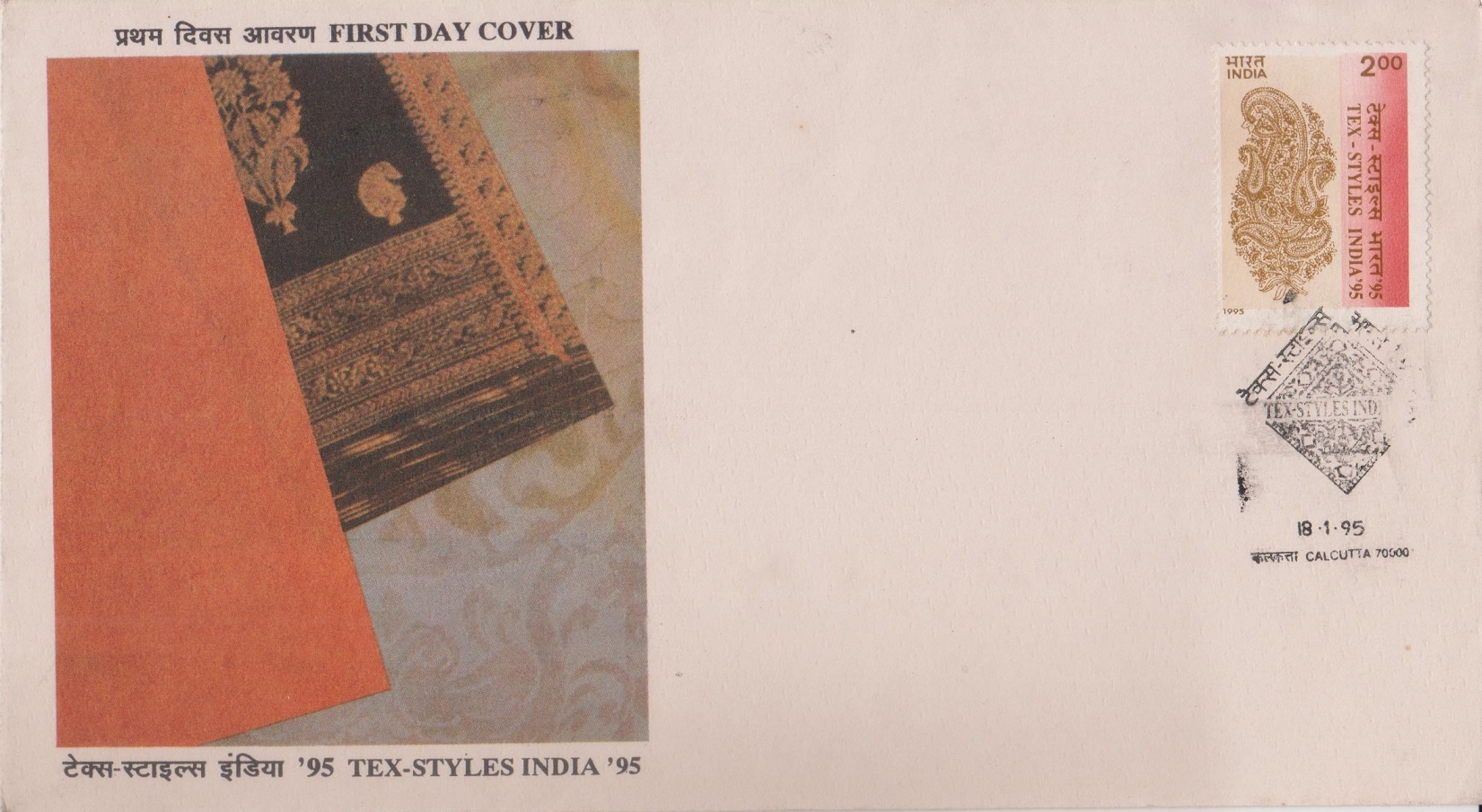
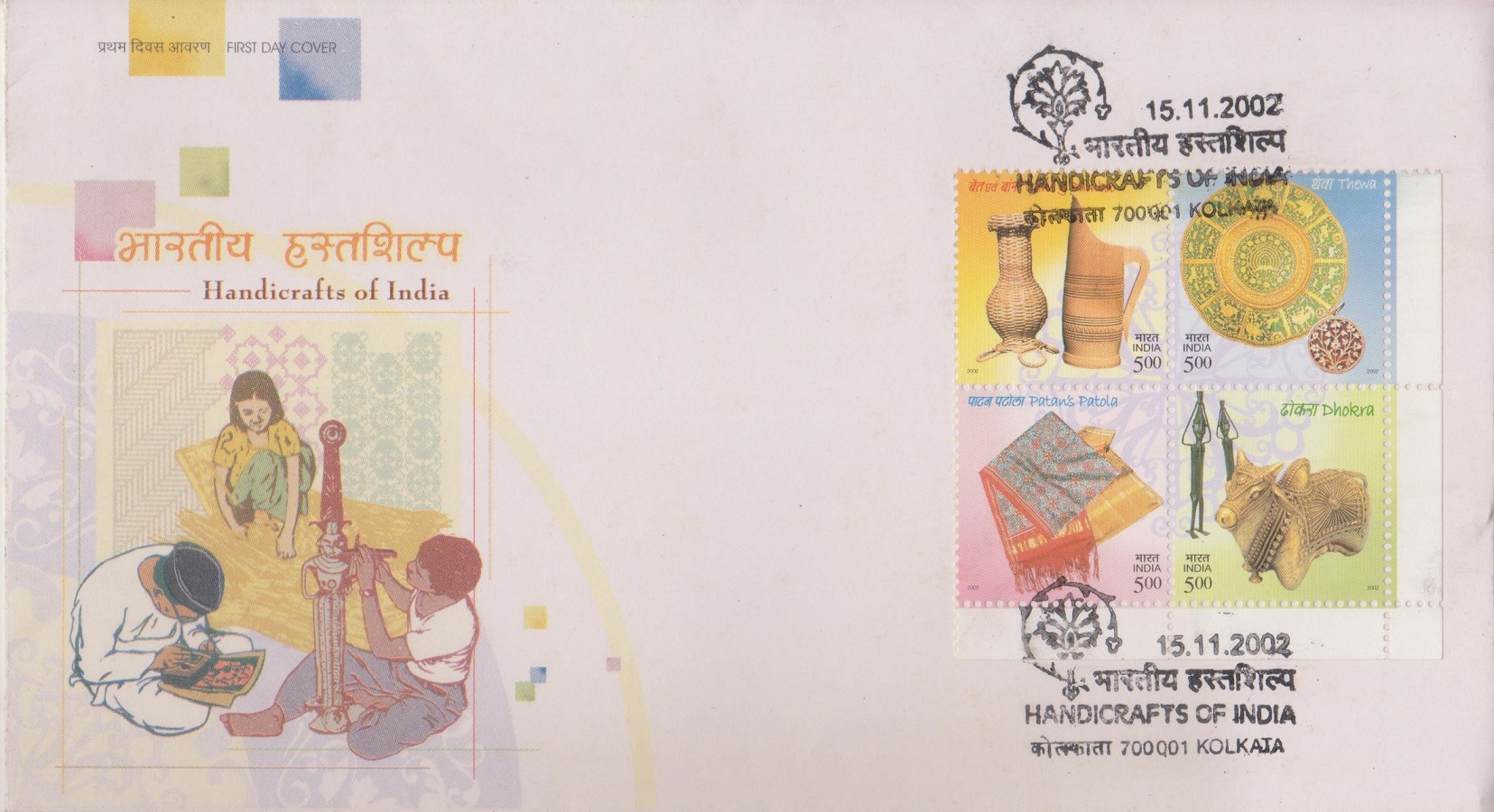
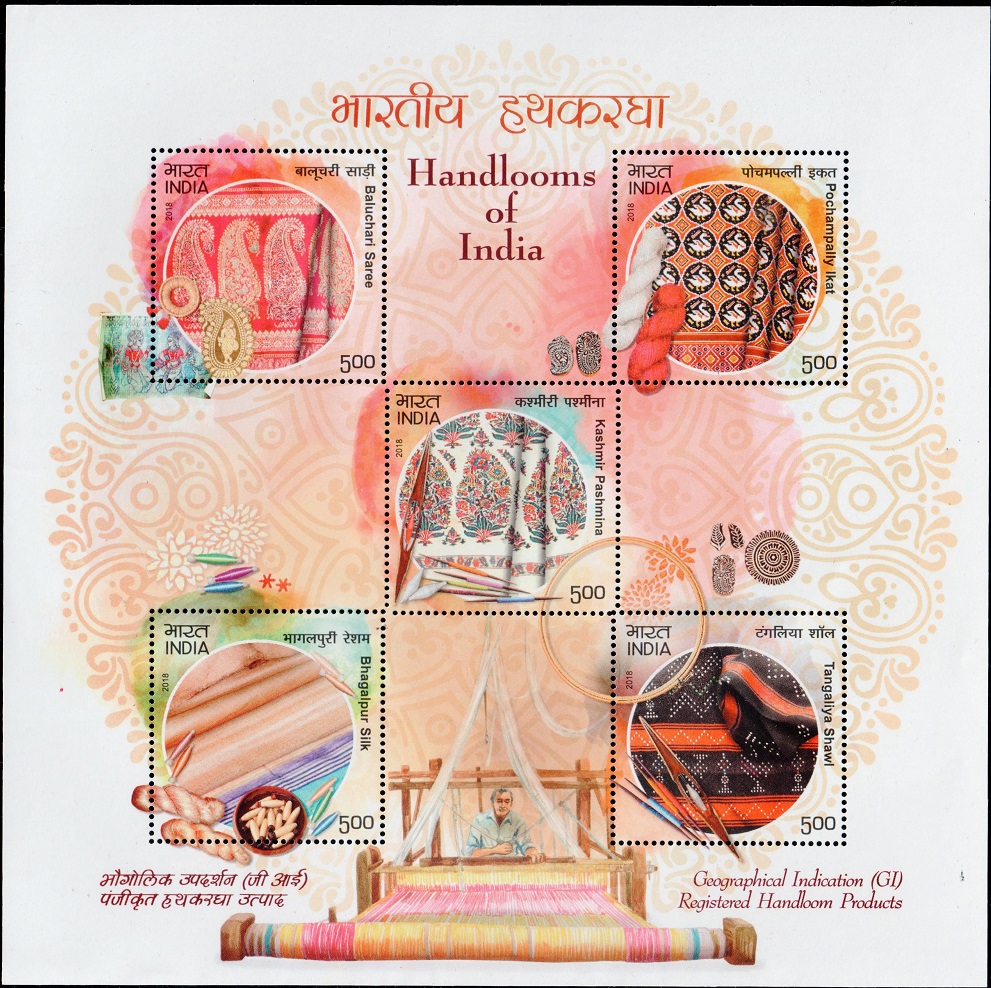
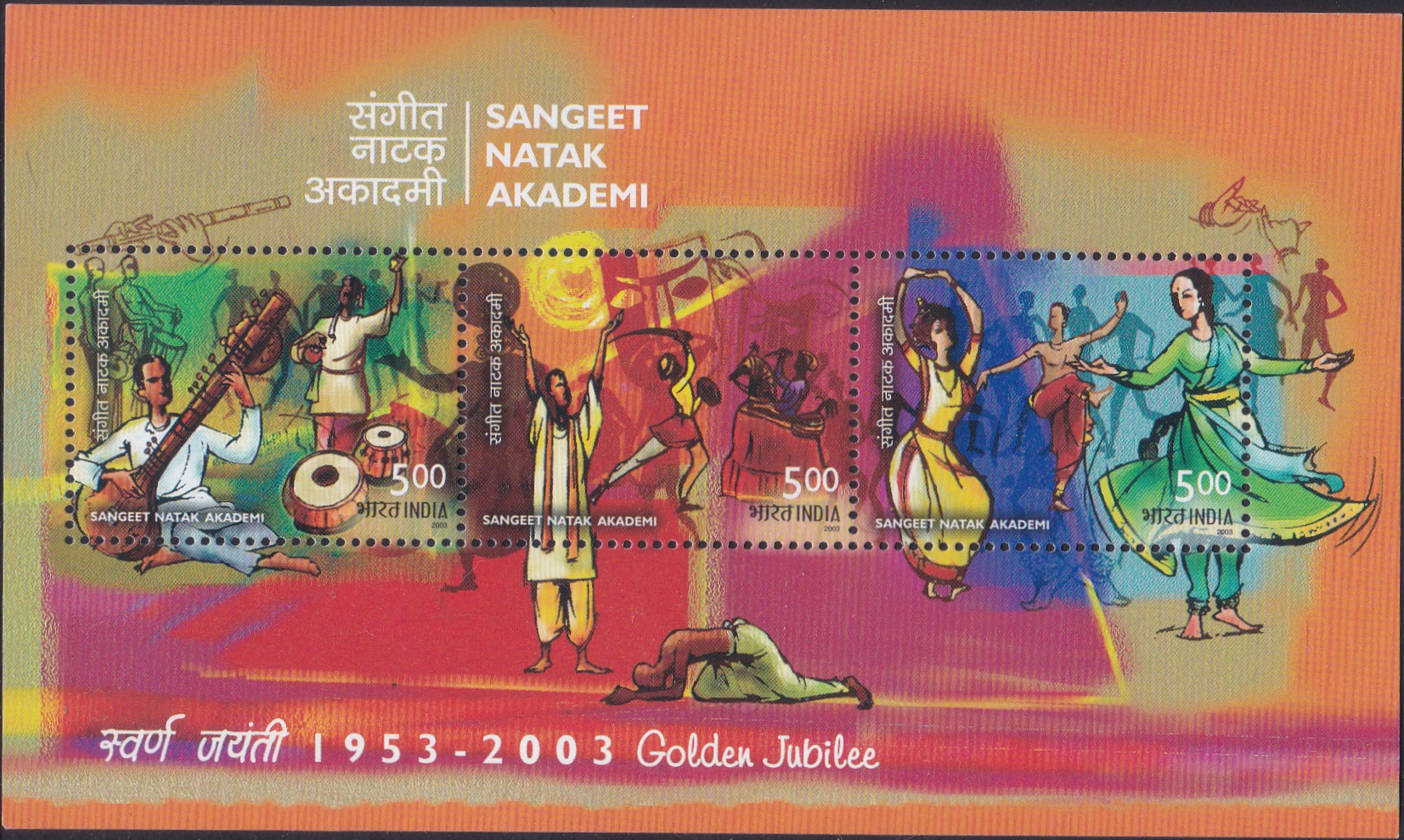
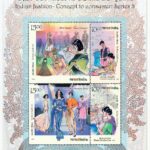
How should i buy this all stamps?
[…] Gandhi, boycotted English-teaching school, made a bon-fire of her foreign clothings, took to charkha and joined Hindi Rashtra Bhasha Prachar Movement. She started Balika Hindi Pathshala in 1922. Moved […]
[…] caries a portrait of the late Mrs. Eleanor Roosevelt, an ardent champion of Human Rights, playing a Charkha – The Indian spinning wheel – during her visit to India. The Charkha also symbolises […]
[…] : The Souvenir sheet issued depicts Mahatma Gandhi with spinning wheel (Charkha) in the background as he propagated ‘Khadi’, a hand-woven cloth all through his life. The stamp […]
[…] with three bands – saffron at the top, white in the middle, and green at the bottom, with a Charkha in dark blue color imprinted on the middle […]